|
Hello and welcome to the Stone News by Devicare, where we discuss every 2 months the most recent and relevant studies in stone disease.
Subscribe now
|
|
|
|
|
|
Dear Stone Fans,
Welcome to this winter edition of Stone News. In today’s newsletter, we will delve into three recent and highly pertinent papers concerning stone disease.
Firstly, we'll explore the metabolic aspects of calcium oxalate stone formation in the elderly population. Next, we'll examine the perceived advantages of pre-stenting in anticoagulated patients undergoing RIRS. Finally, we'll delve into a systematic review focusing on patients’ preferences regarding stone treatment. My hope is that these insights offer new perspectives beneficial to your stone patients. Please enjoy!
|
|
|

|
|




|
Aviso Legal | Política de privacidada
Este mail ha sido enviado a {{ contact.email }} por Devicare Lit Control.
Si quiere darse de baja de las comunicaciones de la Stone News puede enviarnos un correo electrónico a
dop@devicare.com o pinchar aquí.
Av. Generalitat 163-167 | Sant Cugat Green Building | 08174 Sant Cugat del Vallès,
Barcelona | España
Copyright (c) 2023 Devicare Lit-Control.
|

|
|
|
|